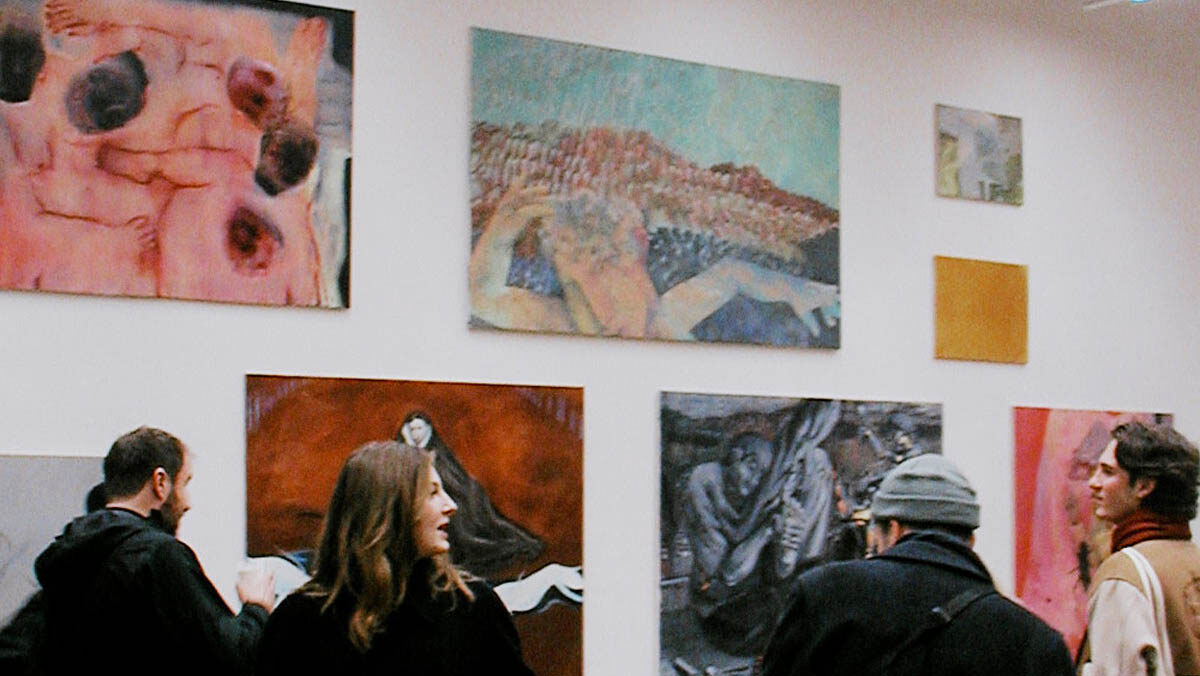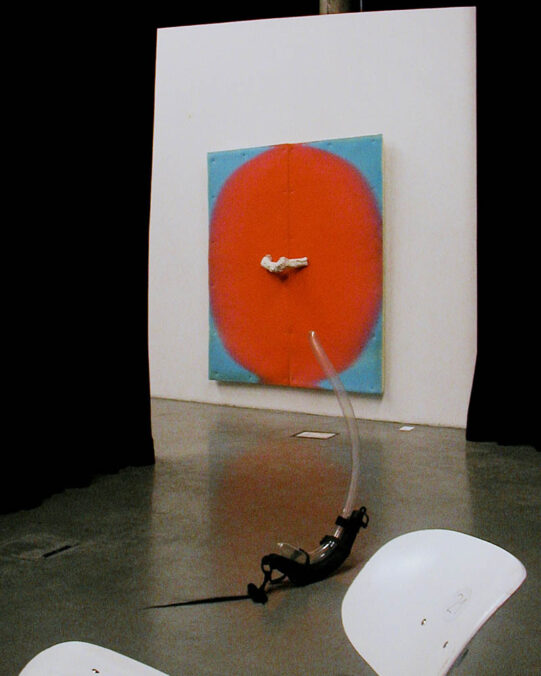
Open Days 2024 – A…kademie der bildenden Künste Wien 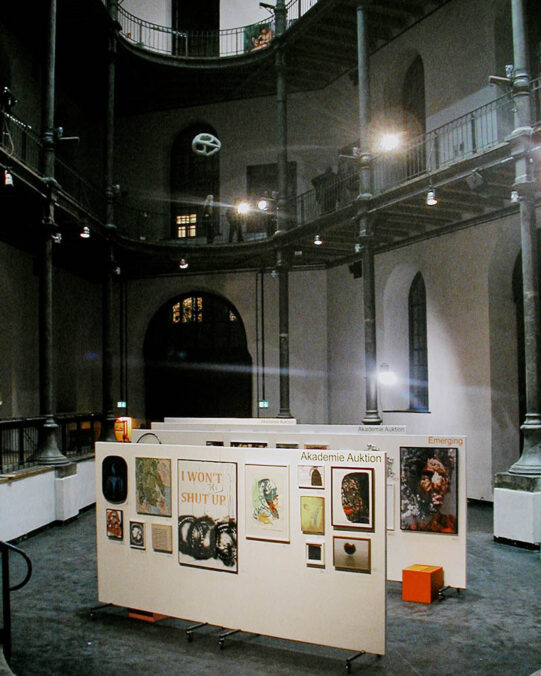
Open Days 2024 – A…kademie der bildenden Künste Wien 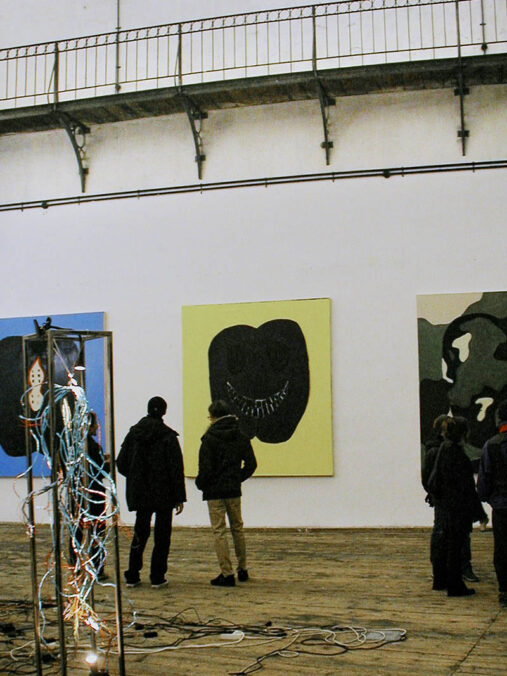
Open Days 2024 – A…kademie der bildenden Künste Wien 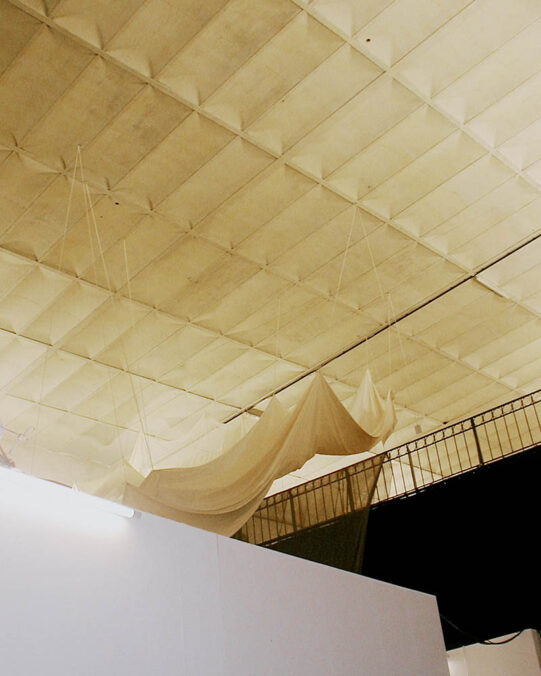
Open Days 2024 – A…kademie der bildenden Künste Wien 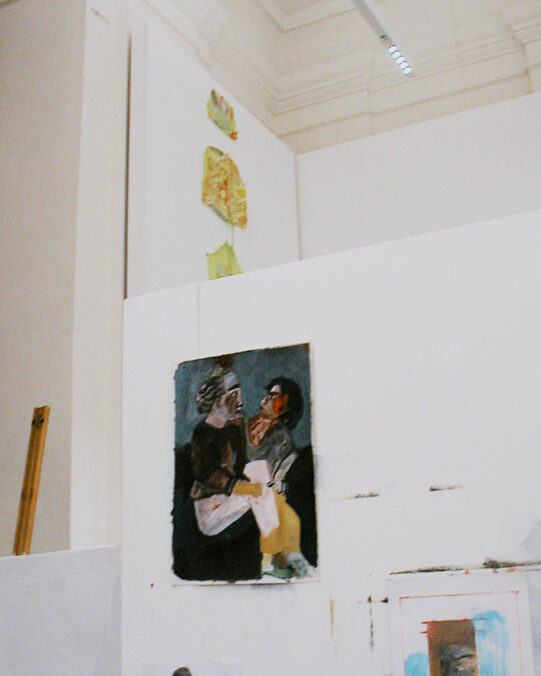
Open Days 2024 – A…kademie der bildenden Künste Wien 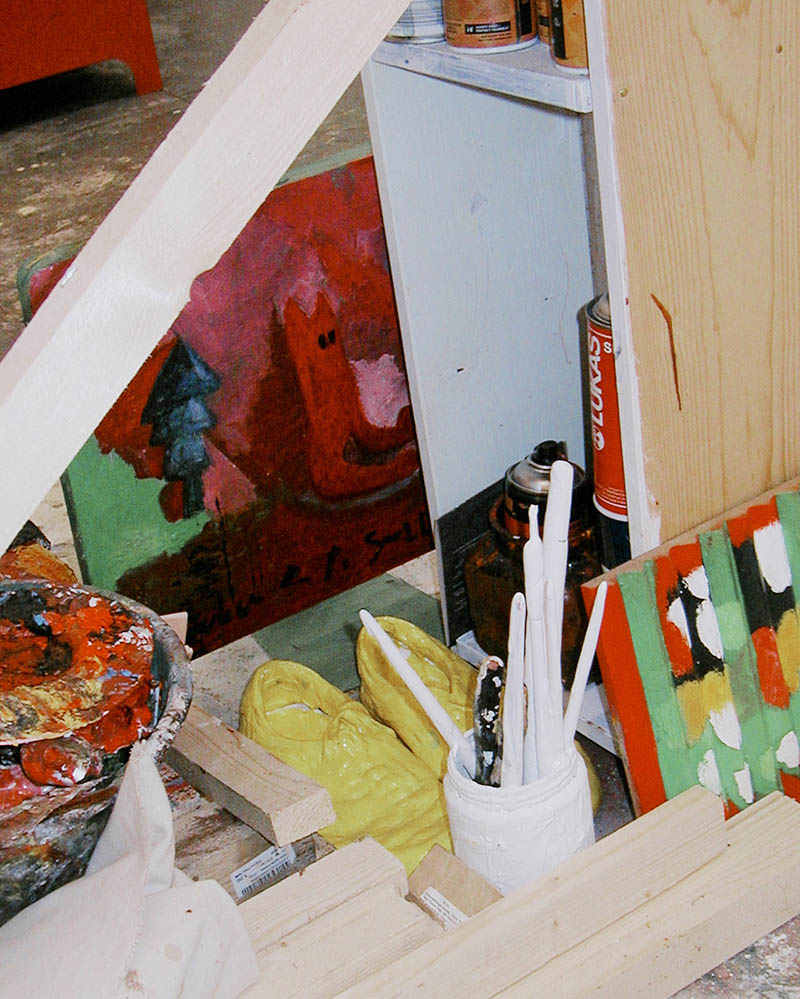
Open Days 2024 – A…kademie der bildenden Künste Wien 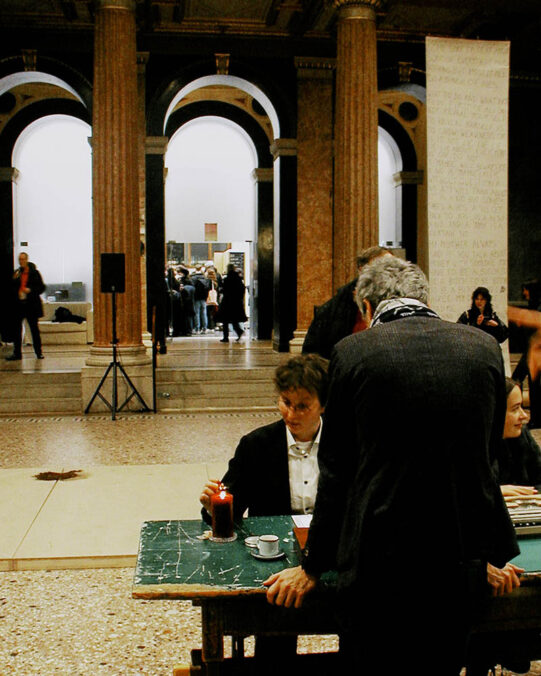
Open Days 2024 – A…kademie der bildenden Künste Wien 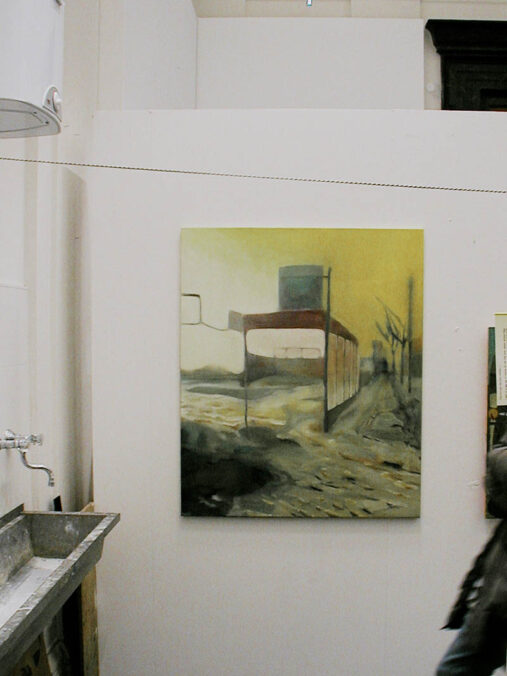
Open Days 2024 – A…kademie der bildenden Künste Wien 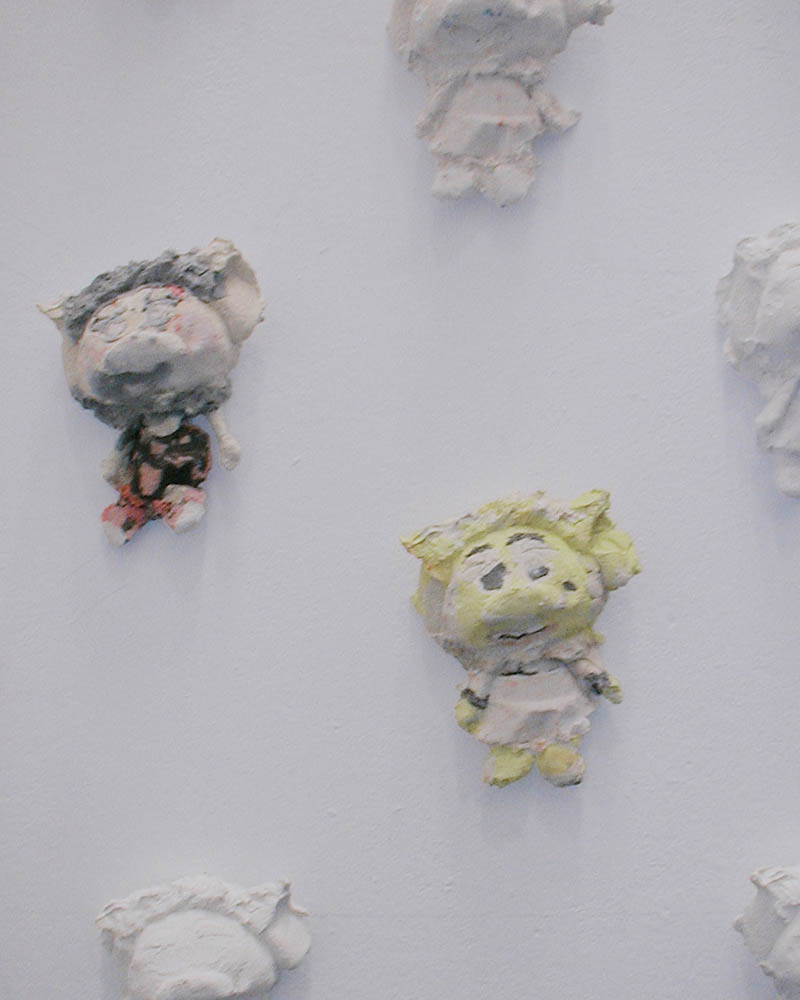
Open Days 2024 – A…kademie der bildenden Künste Wien 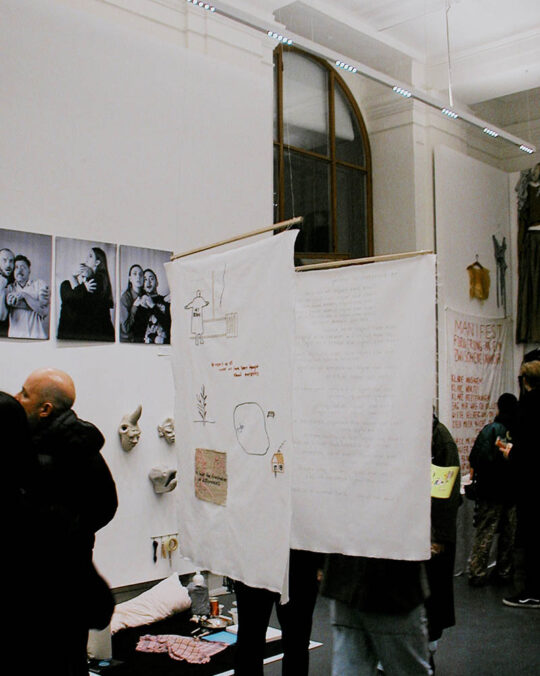
Open Days 2024 – A…kademie der bildenden Künste Wien 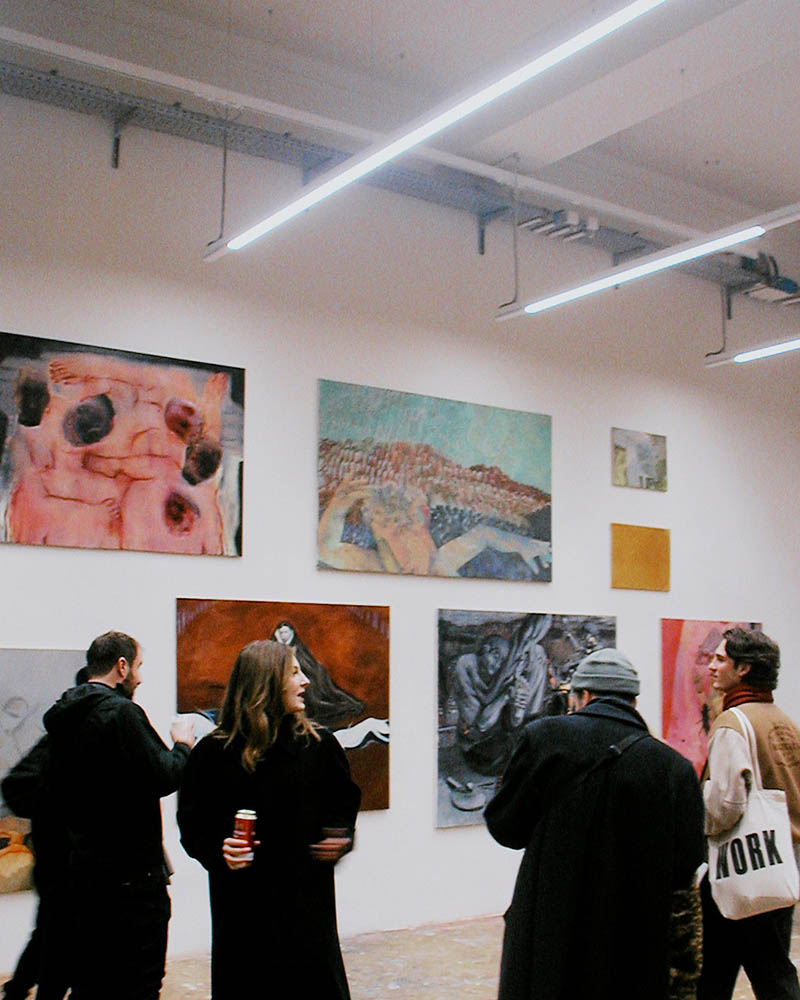
Open Days 2024 – A…kademie der bildenden Künste Wien 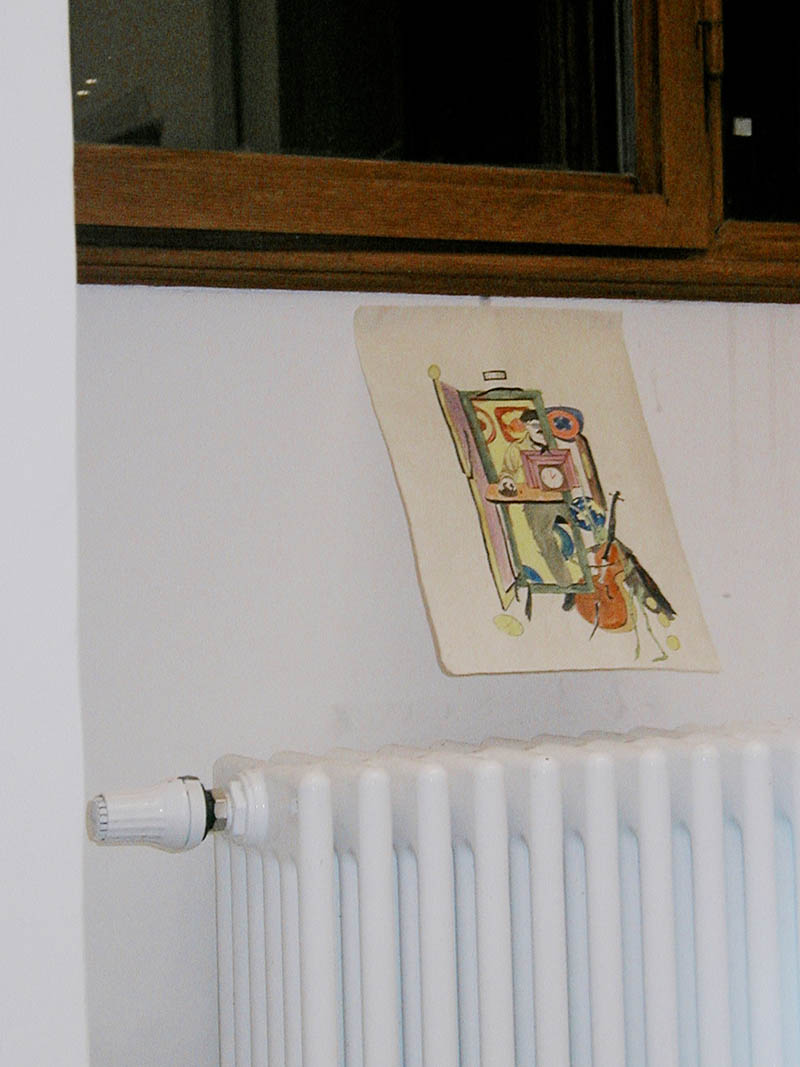
Open Days 2024 – A…kademie der bildenden Künste Wien 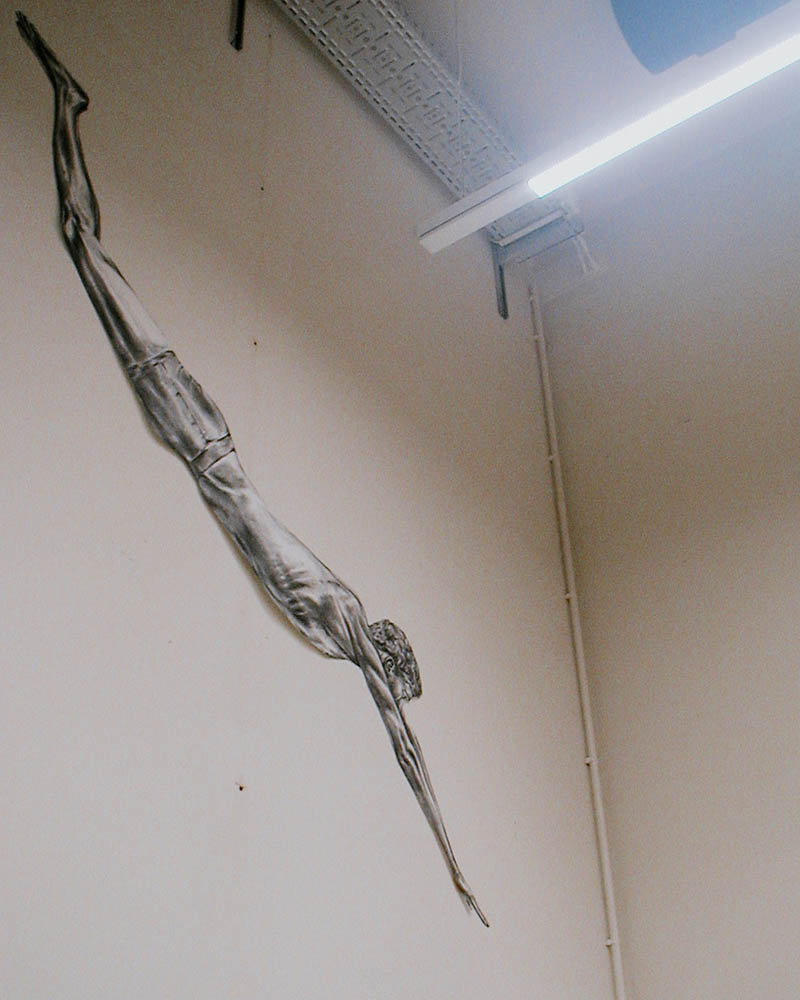
Open Days 2024 – A…kademie der bildenden Künste Wien 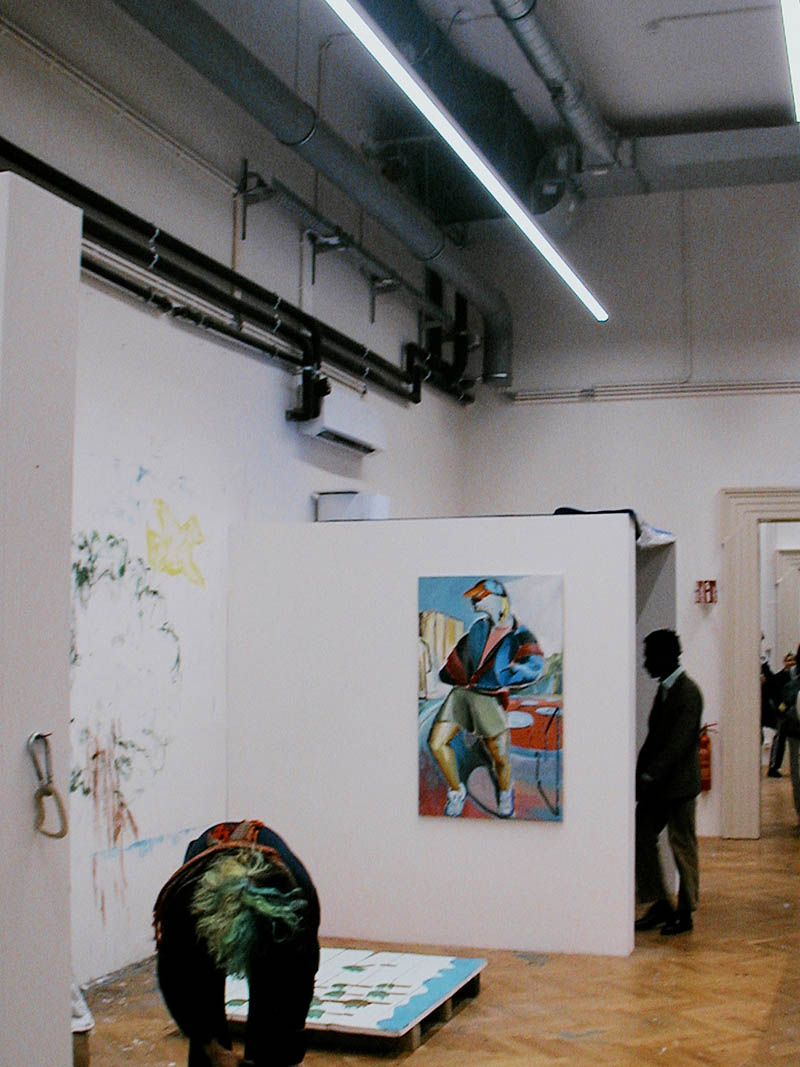
Open Days 2024 – A…kademie der bildenden Künste Wien 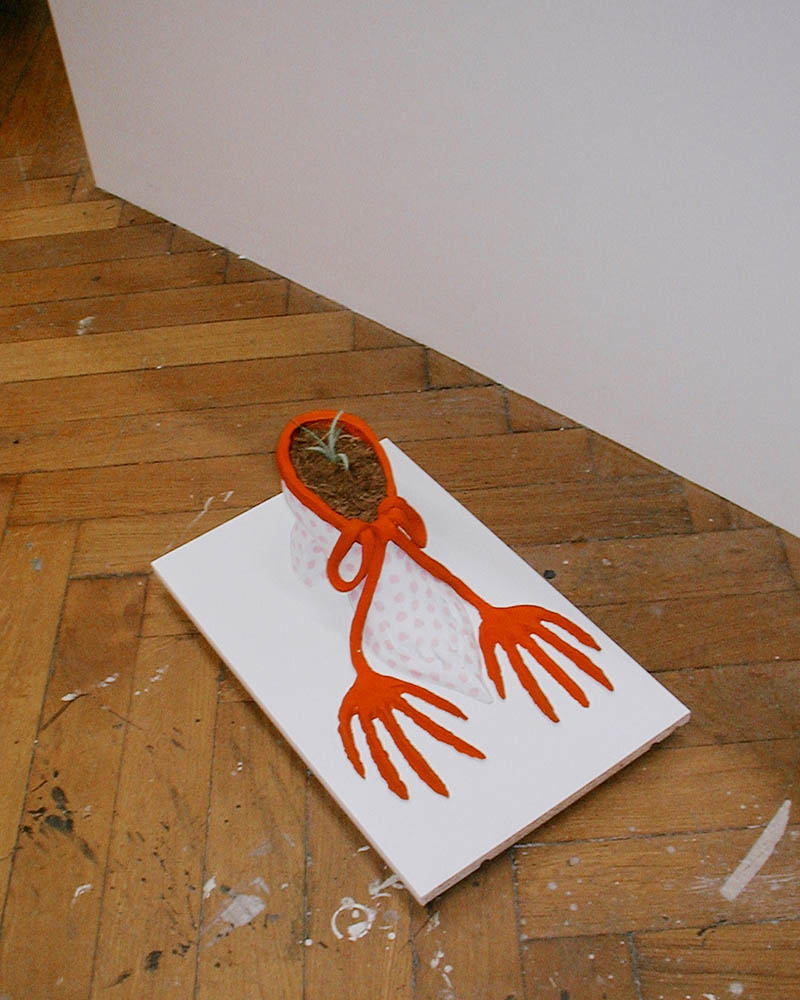
Open Days 2024 – A…kademie der bildenden Künste Wien 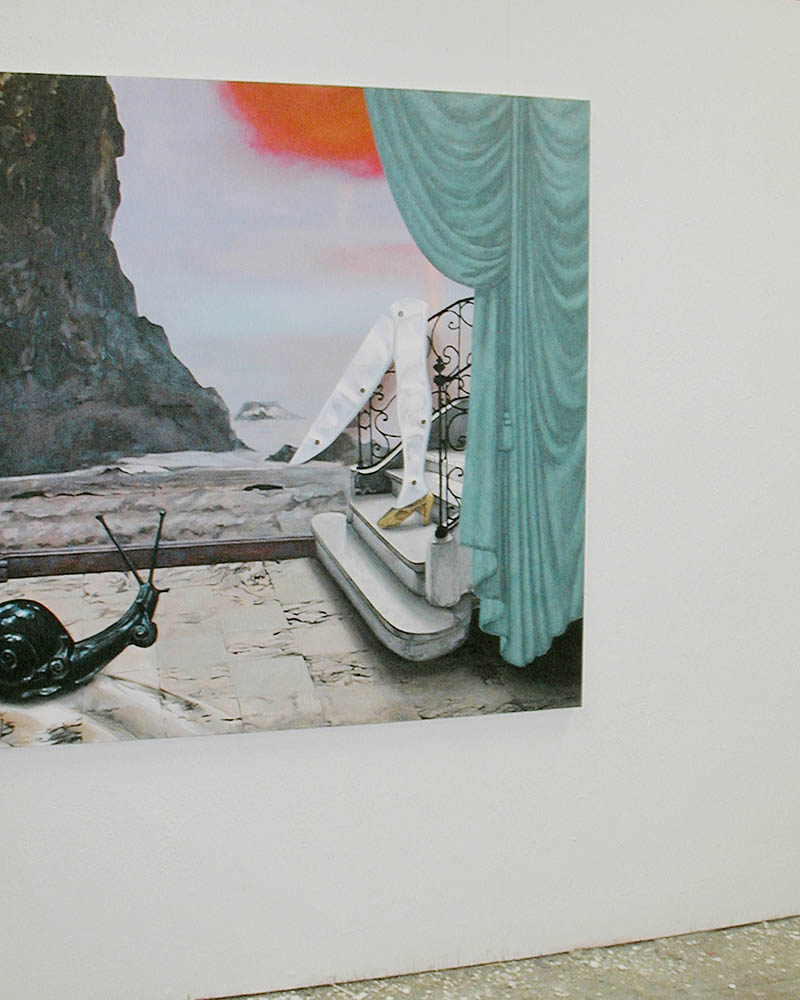
Open Days 2024 – A…kademie der bildenden Künste Wien
During those Open Days, attendees had the opportunity to become acquainted with the university’s operations and gain insight into the ongoing work processes. Students and teachers from all institutes provided information and looked forward to dialogue and discussion with the visitors.
Institutes opened their atelier doors and studios, offering performances, discussions, and educational programs. As part of the tour, the annual Academy Auction took place, during which world-famous and lesser-known artists made their works available for auction. Rundgang 2023 occurred from January 18, 2024, to January 21, 2024, at all Academy locations.




